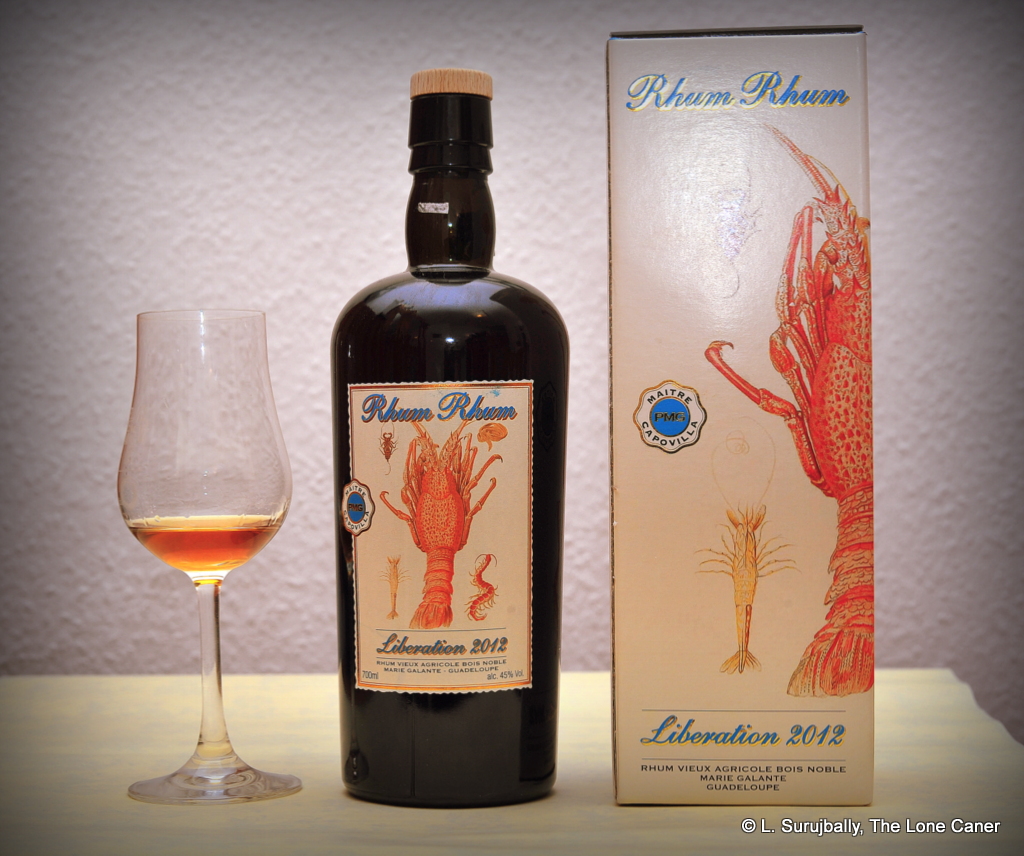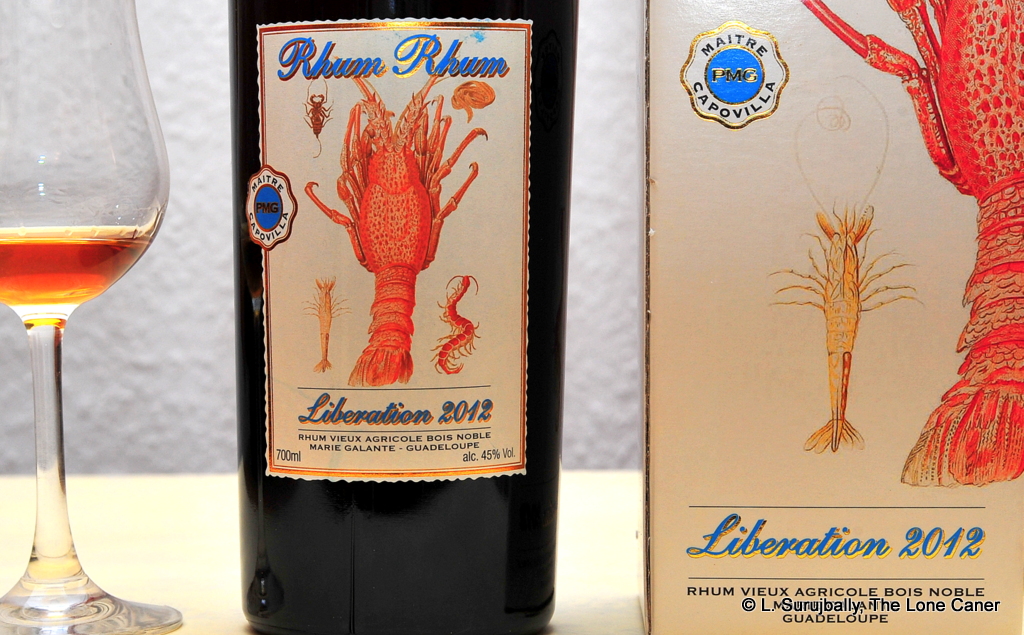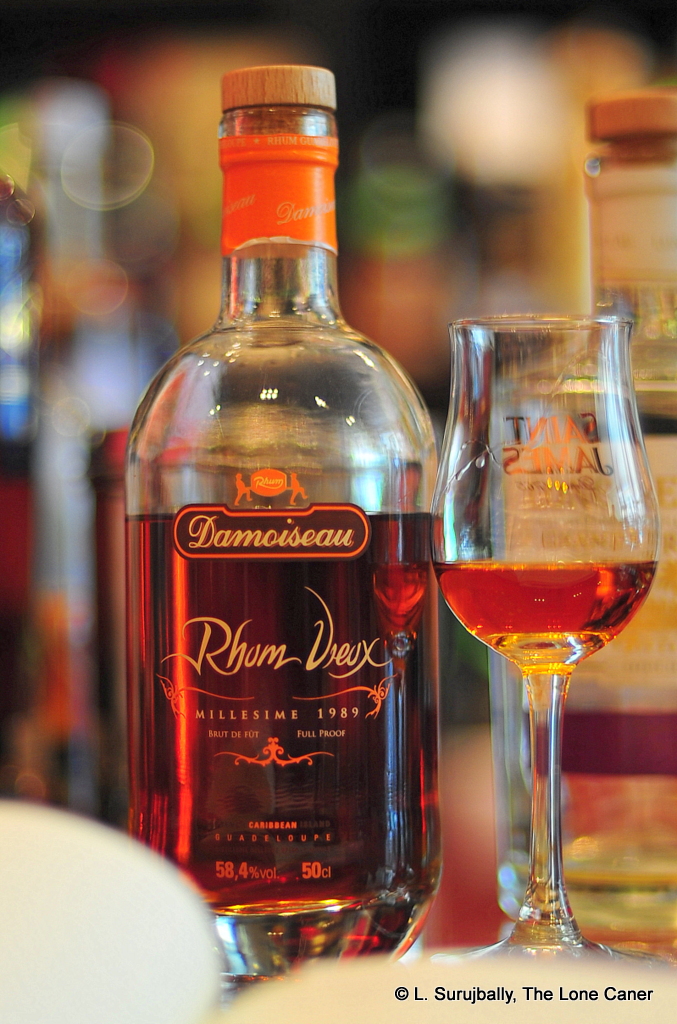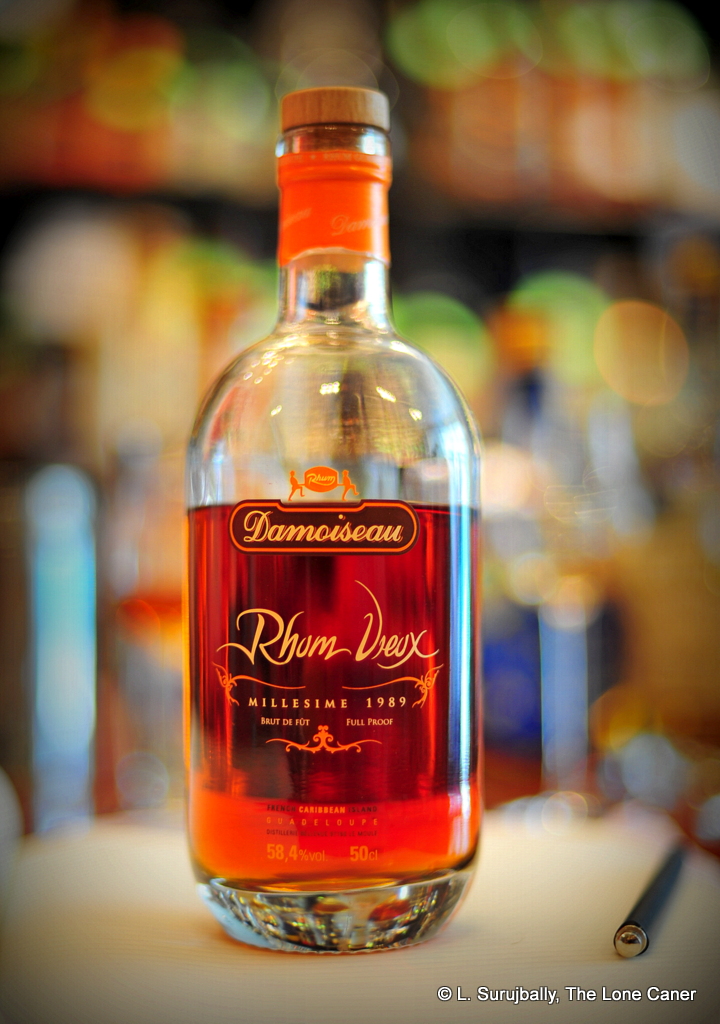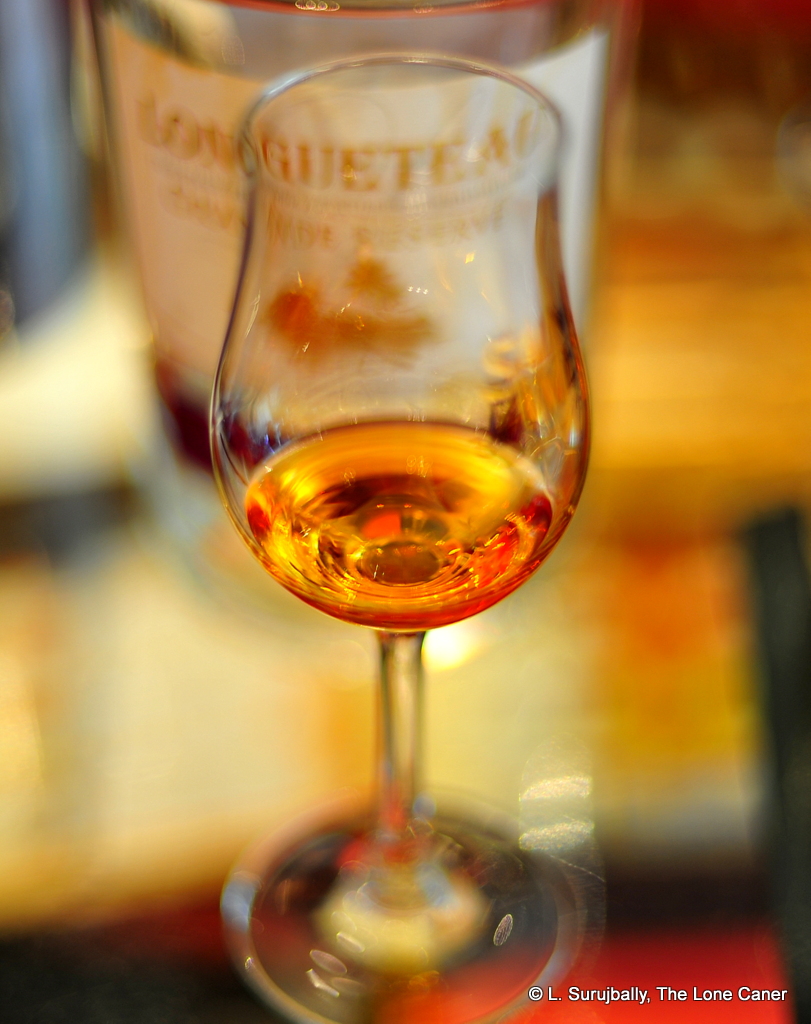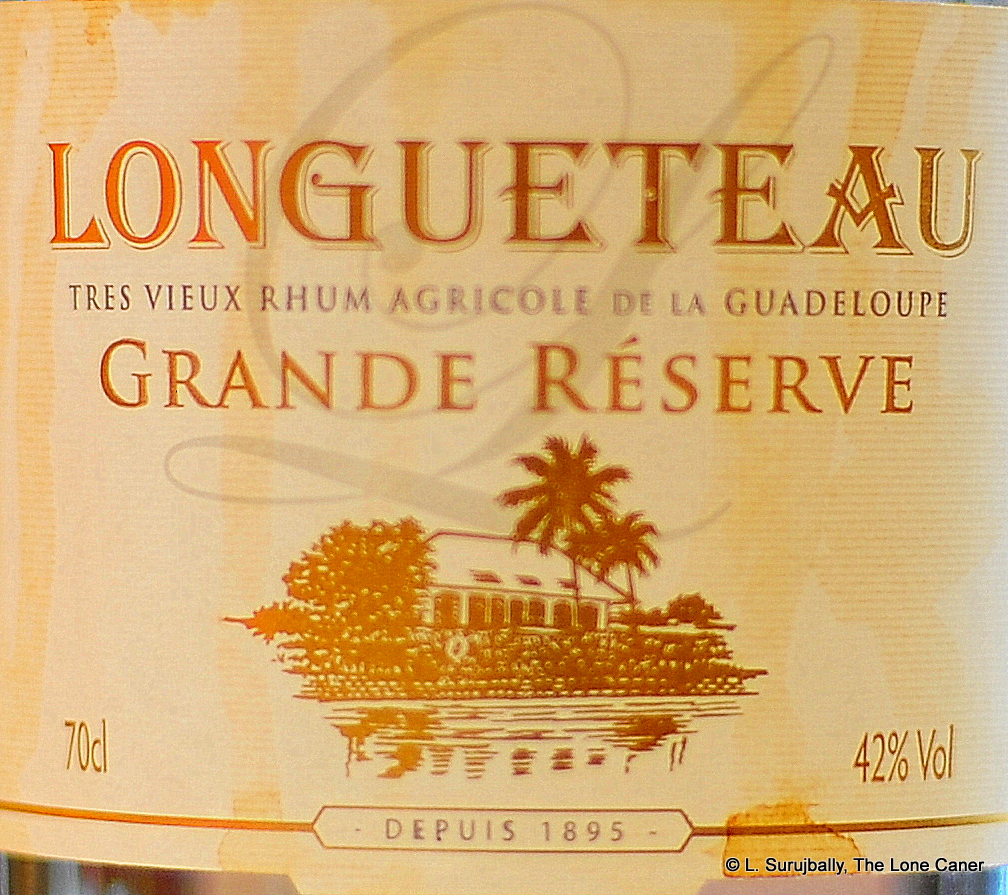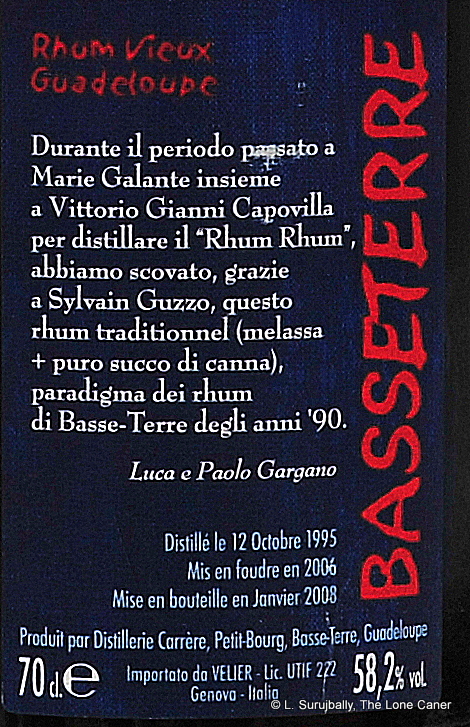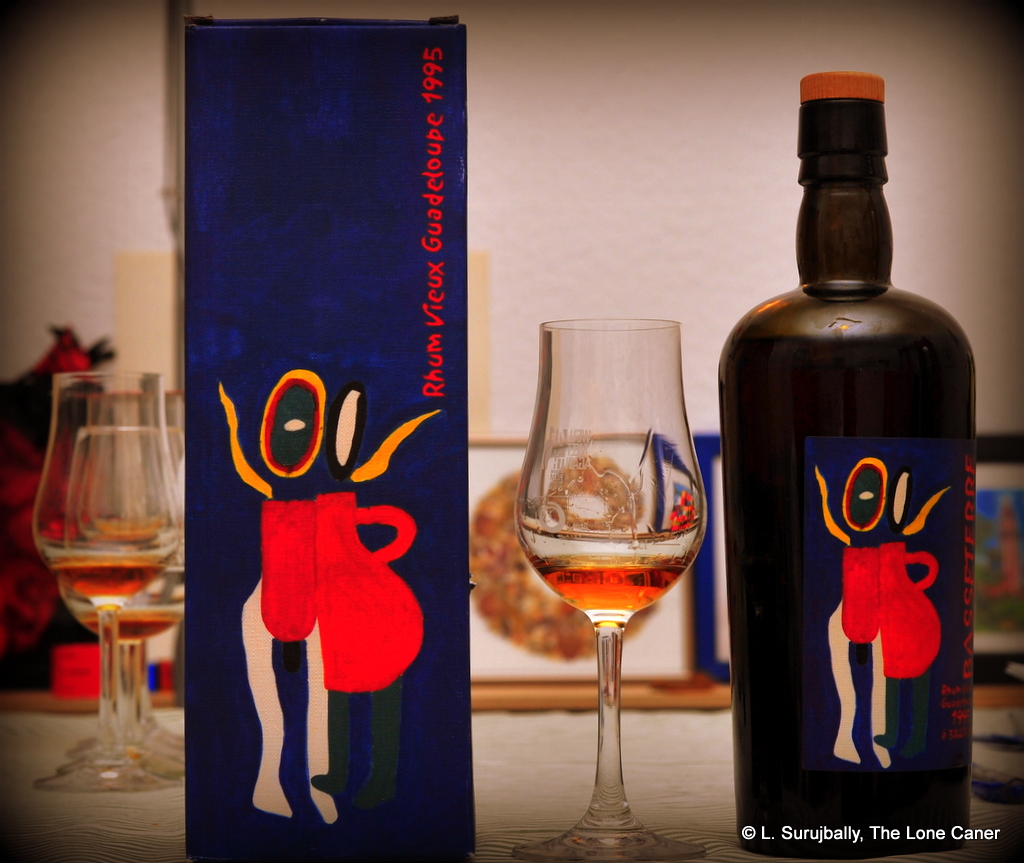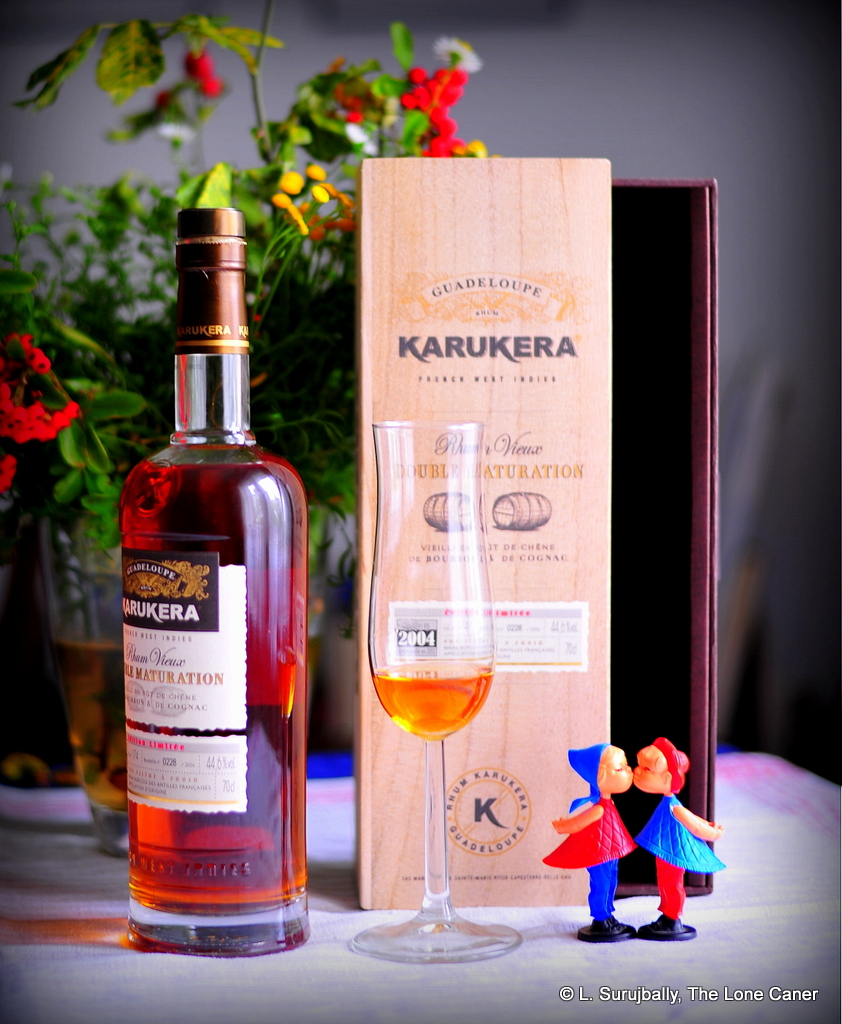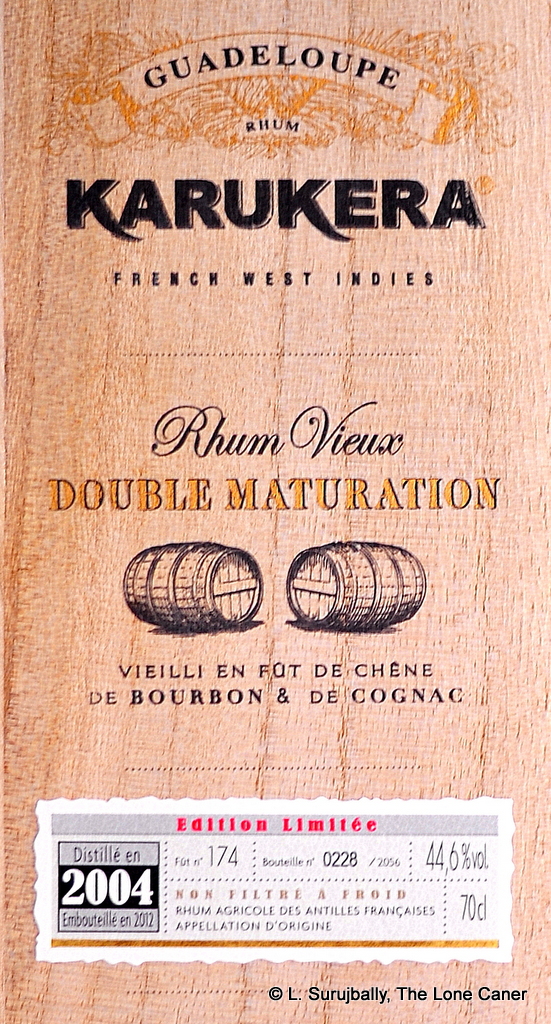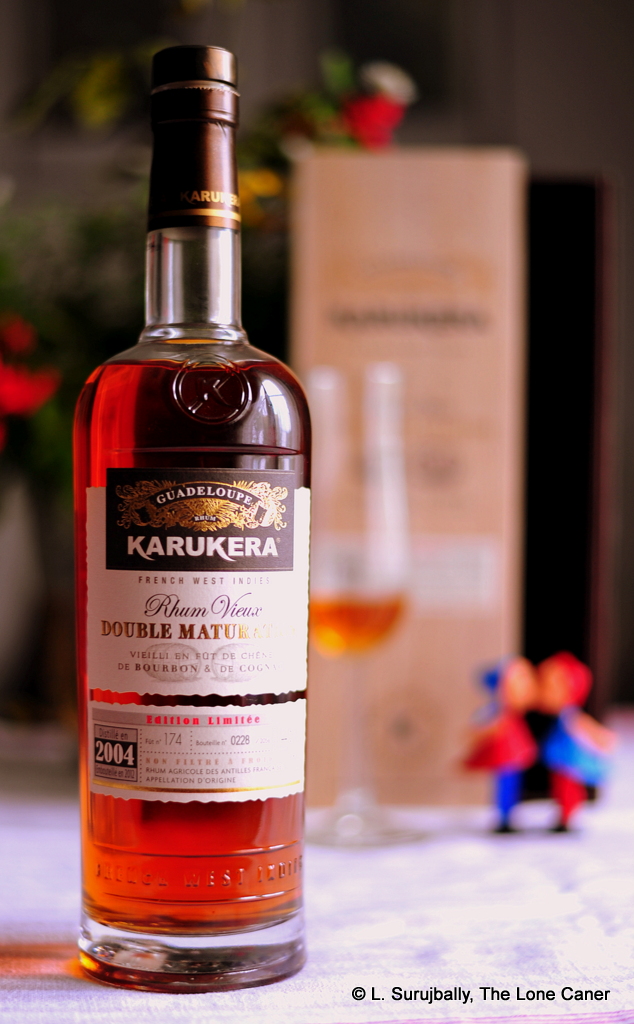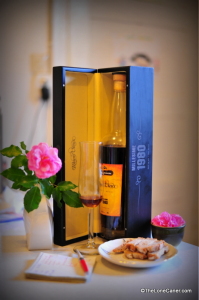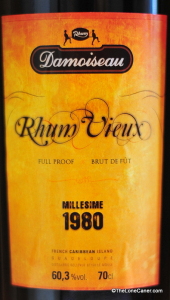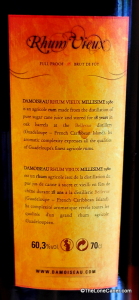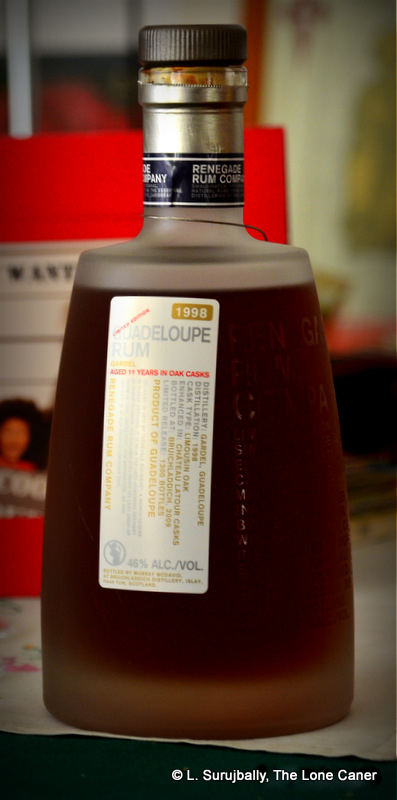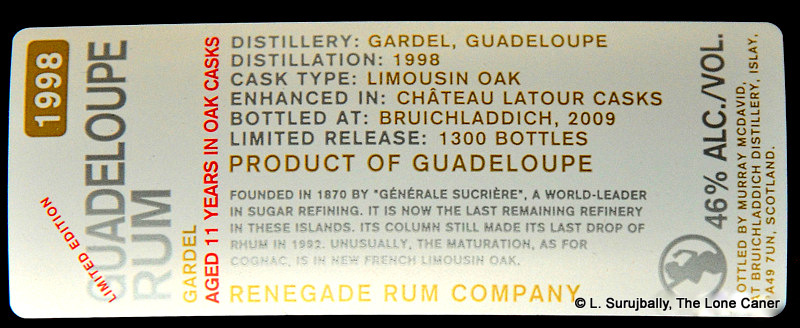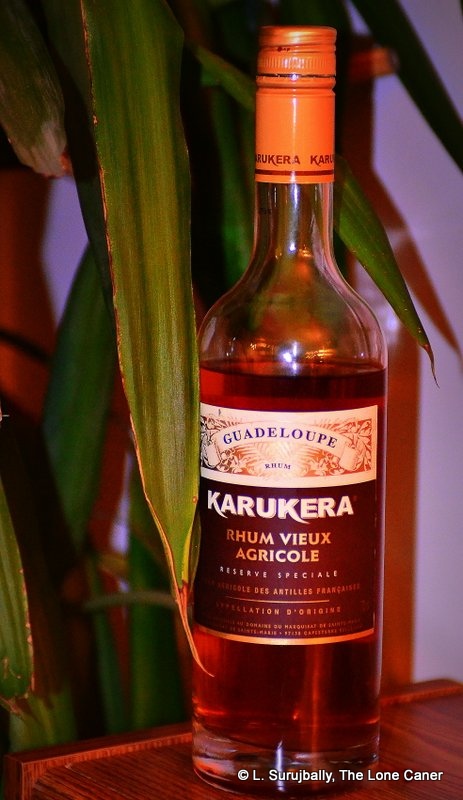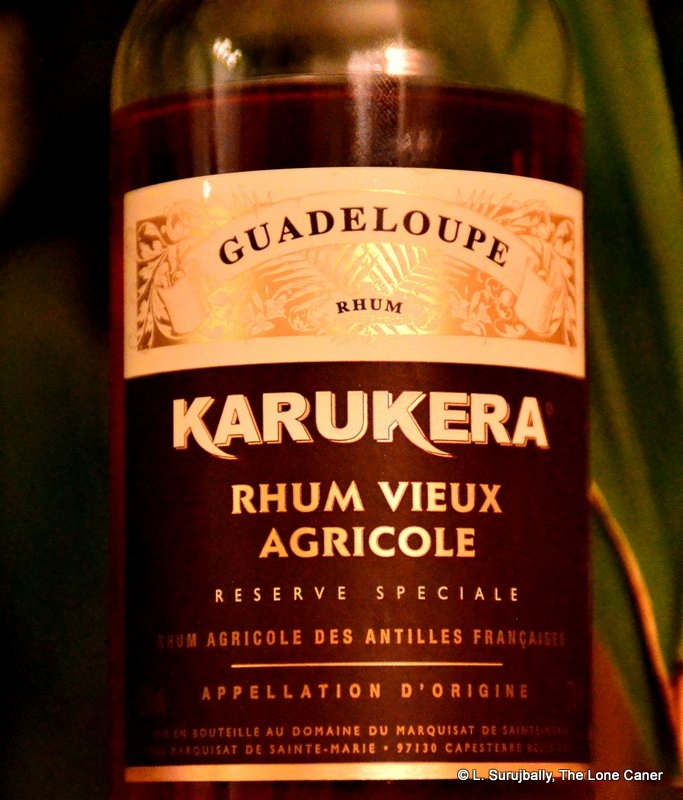Maybe not quite a second banana to the Integrale from the same year, but not the whole one either.
In theory, the only real difference between the Libération Integrale and the one I’m looking at here is the strength (and, if you’re picky about such things, the title). The Integrale was a quiet stunner of a rhum, one of the best agricoles for its price and age, yet it seems odd to say that its lower strength sibling falls so much shorter of the mark. Can that really be just about proof? I tasted them side by side, as well as with the 2010), and to me it was clear that one was markedly better, tastier, yummier…and, in spite of the interesting profile, this one faded from nearly-exceptional into merely above-average.
The whole Rhum-Rhum series is a result of a collaboration between Gianni Capovilla who runs the eponymous outfit on Marie Galante (Guadeloupe), and Luca Gargano, who needs no introduction. They built a new distillery next to Bielle, which is the origin of the sugar cane that makes the rhum, . They ferment the undiluted juice longer than usual – ten days – and run it through small Muller-built copper pot stills, before letting the resultant distillate age. It’s important to know that unlike many other makers, the year on the bottle is not the year it came out of the distillery and into the cask to begin ageing…but the year it was taken out (or liberated, get it?)…so if my dates are right, they started churning out the stuff around 2007.
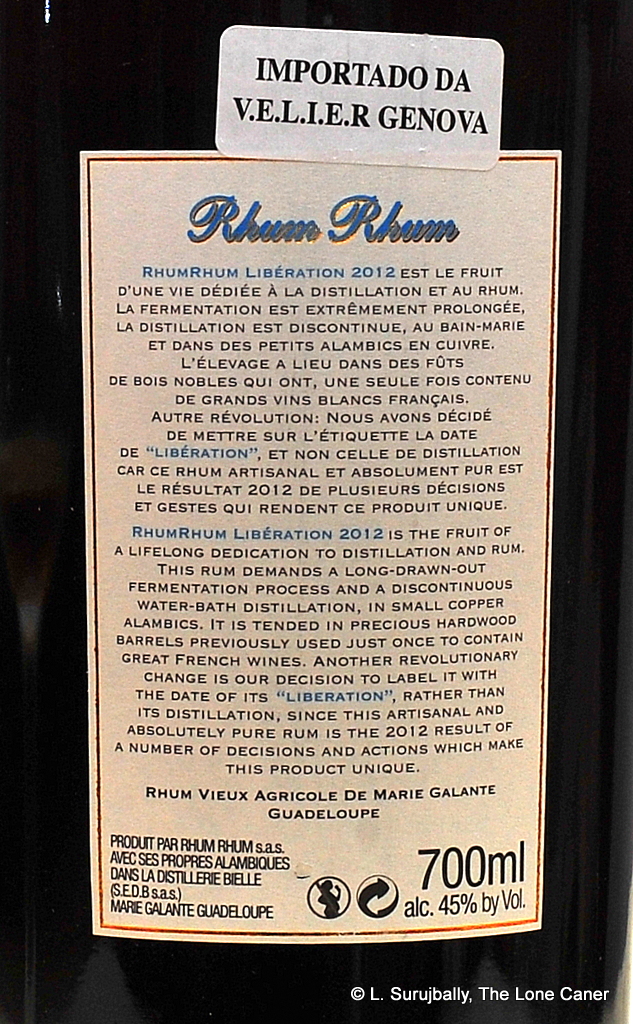 Other miscellaneous details: bottled at 45%; aged for five years in barrels that once held French wine (Sauternes Chateay d’Yquem); the age was not noted on the bottle, but it’s been confirmed as five years old as for the Integrale, and I idly wondered whether there wasn’t some NAS scheme at work here, a marketing effort meant to remove age as a determinant of price. Probably not, neither man is the type to play such stupid marketing games. Still — the rationale for the lobster and other creepies which confused me a few months ago has now been cleared up, because although their relationship to rhum is tenuous at best, in this case it is supposed to represent proper food pairings to have with it. So, okay then…let’s move along, stop waffling and start tasting.
Other miscellaneous details: bottled at 45%; aged for five years in barrels that once held French wine (Sauternes Chateay d’Yquem); the age was not noted on the bottle, but it’s been confirmed as five years old as for the Integrale, and I idly wondered whether there wasn’t some NAS scheme at work here, a marketing effort meant to remove age as a determinant of price. Probably not, neither man is the type to play such stupid marketing games. Still — the rationale for the lobster and other creepies which confused me a few months ago has now been cleared up, because although their relationship to rhum is tenuous at best, in this case it is supposed to represent proper food pairings to have with it. So, okay then…let’s move along, stop waffling and start tasting.
Nose wise, this dark orange-gold rum presented well, with an admirable complexity hinting at greater qualities to come. Some rubber, citrus peel (nothing too excessive), and sweet lemon grass, freshly cut. It was, like many agricoles, quite crisp, and while somewhat deeper than the 2010, presented many of the same notes. It settled down after some time and smoothened out into a lovely rounded profile of coconut, caramel, brie…and a sly little hint of pencil erasers, followed some time later by the rest of the pencil. I wonder if that was Signore Capovilla’s sense of humour at work.
As noted before, I have a certain liking for Guadeloupe rhums which aren’t as tightly wedded to – some say restricted by – the AOC designation. Unlike the Integrale, there was a faint-but-noticeable element of molasses here, combined with and melding into, something vegetal and flowery…deeper than your regulation agricole. And with water a few other elements came to the fore – sugar water, flowers, more of that coconut and lemongrass. It was in its own somewhat thinner way, somewhat similar to the 2010 and Integrale, but drier than either, and not quite as sweet. Overall, I felt the lack of body (caused by the lower proof point) was an effort to make it appeal to a wider audience, rather than indulge the maker’s true ideas on where it should, or could, go. So while the finish closed things off nicely – longish, heated, dry, sweet, some oak with some last grassy-molasses-caramel hybrid notes, mingling with brine – I didn’t think it succeeded as well as its stronger sibling.
What we have here, at the end, is a variation on a theme. The relationship of this rhum to the Integrale – and, less so, to the Libération 2010 – is there, and no-one could doubt their ancestry. People who prefer standard proof drinks would likely like this rhum quite a bit, and I recommend it. We are, after all, discussing relatively minor differences between one rhum and another, which most won’t care about. Still, those variations, to true aficionados who dissect a single year’s production from a single distillery with the care and artistry only the obsessed can muster, are enough to make me think this is a lesser product, good as it is. It’s not a failure – it’s too well made for that – just not something I’d buy if I knew the Integrale was next to it on the shelf (this is my personal thing which you can ignore, because they’re both very good).
Everyone is always so chuffed about Luca’s Demeraras and Caronis. So much so, that his quieter, less histrionically admired efforts sometimes go overlooked (except, perhaps, by the French). Yet Velier has done something quite remarkable here, perhaps even more important than those other two famous bodies of work: in this association with Capovilla, he didn’t select a bunch of barrels, didn’t pick and chose from stuff already made. They literally built a distillery around the idea of making a top end agricole which showcased Gianni Capovilla’s talent and Luca Gargano’s dream. And brought out a bunch of rhums that showed the potential of agricoles to a wider audience. That’s quite an achievement, by any standard.
(#295 / 86/100)
